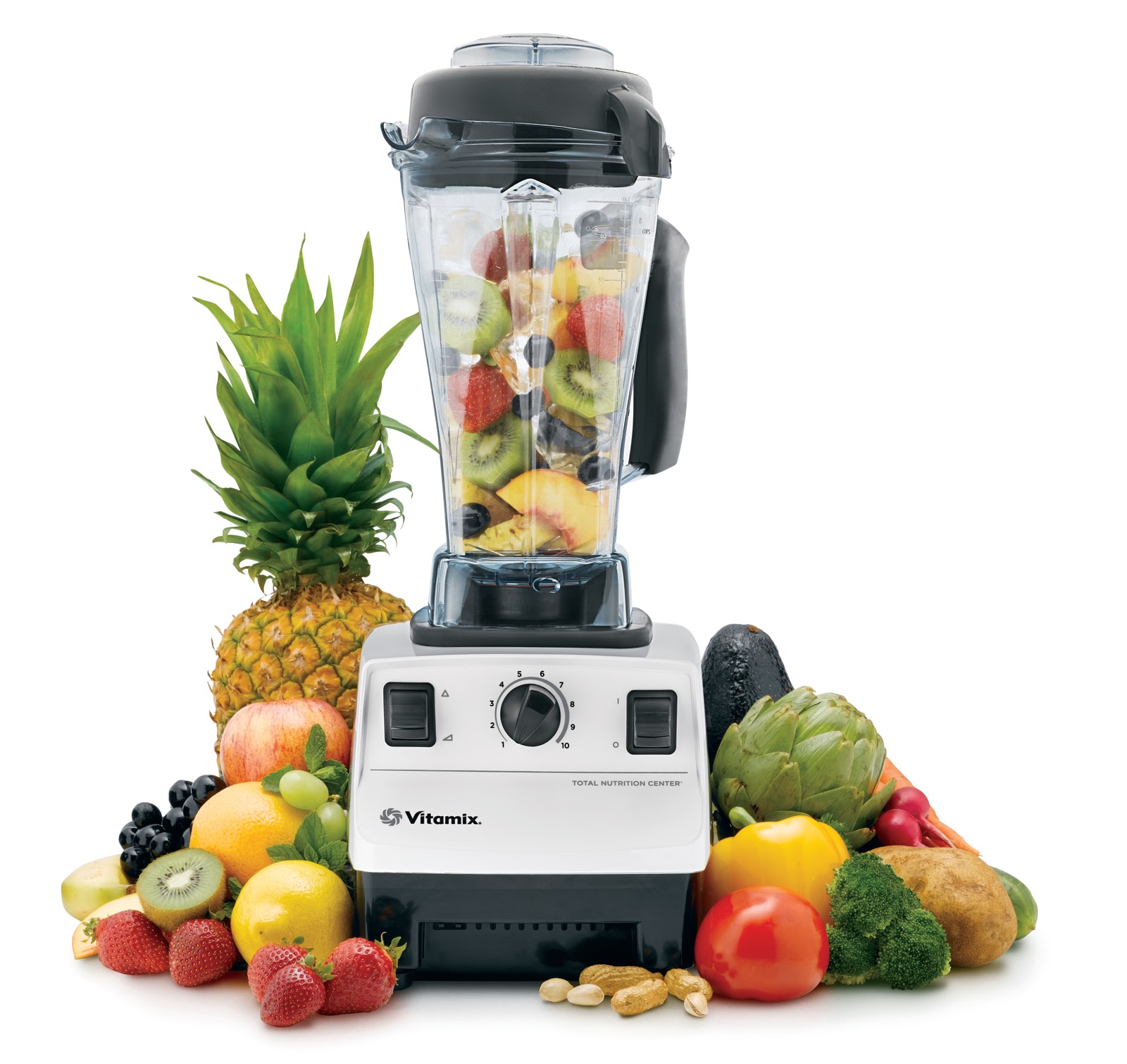
Both rheostats and potentiometers are types of variable resistors used in electronic devices to control electrical resistance. A rheostat is a two-terminal device used to vary the current flow, typically in light dimmers or fan speed controls. A potentiometer, on the other hand, is a three-terminal device used to vary the voltage, often found in audio volume controls.

The Vitamix 5200 utilizes a potentiometer within its speed control dial. This potentiometer allows for fine control over the blender’s motor speed, giving users the ability to adjust from low to high speeds with precision. The control it offers is one of the reasons the Vitamix 5200 is so popular among culinary enthusiasts and professionals.

The use of a potentiometer in the Vitamix 5200’s speed control offers several advantages. It provides a wider range of control over the motor’s speed, allowing for precise adjustments that can be crucial for achieving the desired texture in your blends. Additionally, potentiometers are typically more efficient and reliable than rheostats, making them a better fit for a high-performance appliance like the Vitamix 5200.
![Vitamix 5200 Review - [In-Depth Shopping Guide For 2021]](https://ktchndad.com/wp-content/uploads/2020/01/Vitamix-5200-blender-1024x1024.jpg)
So, does a Vitamix 5200 have a rheostat or a potentiometer? The answer is a potentiometer. This component contributes to the blender’s precise speed control, enhancing the user’s ability to create a wide range of textures and recipes. This precision is just one of the many features that make the Vitamix 5200 a versatile and powerful kitchen tool.
